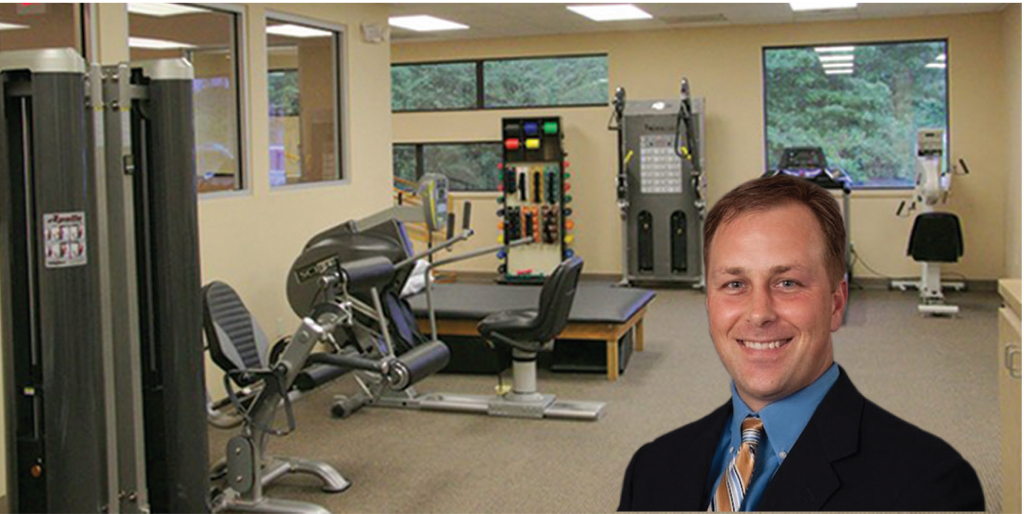Back to Health: SPONDYLOLISTHESIS
What is it?
It is defined as one vertebrae slipping forward or backward upon another. It is significantly (90%) more prevalent in the lumbar spine (L4 or L5) than other regions of the spine. The incidence of occurrence is roughly 5-10% of the population. Of those incidences, the majority are asymptomatic.
What are the causes?
There are multiple causes, however, we will discuss the very basics. Congenital deformities – (deformities you are born with) can result in altered bone structure and lead to the –listhesis condition. Degenerative – Arthritis or previous disc injuries can cause the ligaments and joints to lax allowing for the bones to slip. Trauma – (fracture) can result in a fracture of the bone that alters bony stability.
How severe can the bones slip?
A Spondylolisthesis can be graded I-V. A grade I slips forward no less than one quarter of the vertebra below. A grade II slips forward between a quarter and half way to the vertebra below. A grade III slips ½ to 3/4, grade IV slips ¾ to the edge of the vertebra below. A grade V listhesis has slipped completely forward to the vertebra below.
What symptoms are associated with it?
Spondylolisthesis may cause a deep pain in the back or legs that is usually relieved with sitting down. The person may develop signs of spinal stenosis (pinching of the nerves or spinal cord) that causes both legs to tingle/ache or become numb with prolonged standing. The person may feel or hear a clicking noise when bending/moving. The person may have tightness of the hamstrings. A palpable step-off deformity may be felt along the spinous processes of the spine.
How is it diagnosed?
Standard x-ray can determine a –listhesis and should be followed with flexion/extension x-rays to determine if the –listhesis is stable or unstable. If the vertebra appears to slip forward or backward 4mm or greater, it is considered an Unstable Spondylolisthesis. An Unstable Spondylolisthesis with symptoms, requires surgical consultation with an orthopedic surgeon or neurosurgeon in consideration of a vertebral fusion.
How do you treat a stable spondylolisthesis?
A stable and asymptomatic–listhesis need not be a concern. However, preventive core stabilization and weight management are advised. I advise any grade III or greater –listhesis consultation with a surgeon for further evaluation.
A stable but symptomatic –listhesis can be treated with spinal manipulation, lumbar flexion distraction treatments, flexion-based exercises, and/or pain management injections. If neither the conservative care nor the pain management interventions reduce the symptoms to a manageable level, surgical fusion is a consideration. Understand the pain management specialist may perform a number of procedures (injections) to determine whether the pain is being produced by the disc, nerve root, or facet joints.
Dr. Custer is the owner/operator of Better Care Chiropractic and Physical Therapy. He combines chiropractic manipulation with active rehabilitative techniques to restore pain-free living. If you have questions/comments/suggestions, please feel free to contact Dr. Custer at whybettercare@gmail.com.
